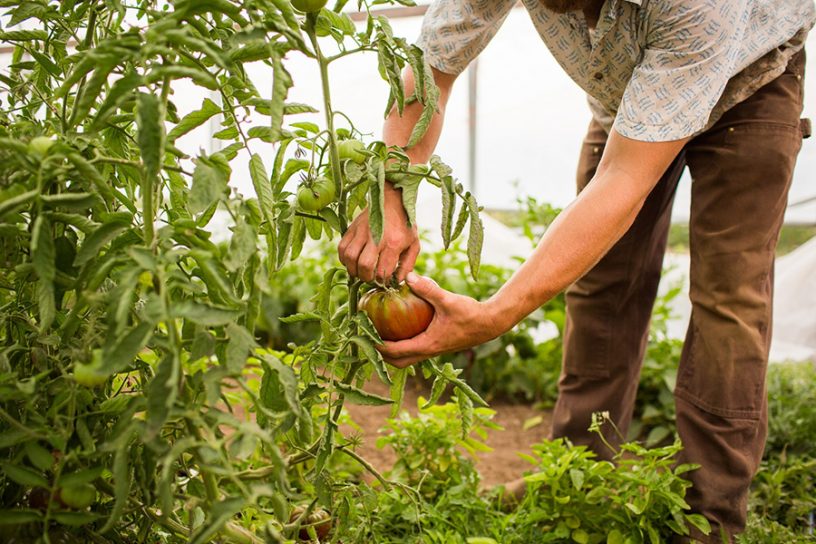
This study identifies the common challenges farmers face while transitioning to organic agriculture based on literature and maps the corresponding initiatives taken by the Government of Sikkim through a thorough review of policy documents.
Authors
Jannet John, Assistant Professor, Jindal School of Banking and Finance, O.P. Jindal Global University, Sonipat, Haryana, India.
Anar Bhatt, Indian Institute of Management Ahmedabad, Gujarat, India.
Summary
Going organic is a sustainable alternative to eliminate the adverse health and environmental impacts associated with conventional, chemical-based farming methods. Further, substituting synthetic fertilizers with organic inputs are known to improve soil conditions and reduce water pollution. Sikkim, a small Himalayan north-eastern state of India, declared itself fully organic in 2016. We assess the policies implemented to enable the transition of the agricultural sector to organic based on how closely they addressed the challenges commonly faced by farmers.
The current study identifies the common challenges farmers face while transitioning to organic agriculture based on literature and maps the corresponding initiatives taken by the Government of Sikkim through a thorough review of policy documents. Findings indicate that while the State focused on certification of farmlands, farmers suffered yield losses due to disease and pest infestation.
Coercive measures were used to convert the State to organic, but limited income support was provided to farmers to hedge them against the risk of crop loss. When integrated well, circular economy and organic agriculture can reinforce each other’s goals. As an extension of the lesson from Sikkim’s transition to organic, it is obvious that producers’ welfare is significant in a top-down efforts to transition an economy’s production systems, however, it is a complex goal to achieve.
Published in: Journal of Cleaner Production
To read the full article, please click here.


